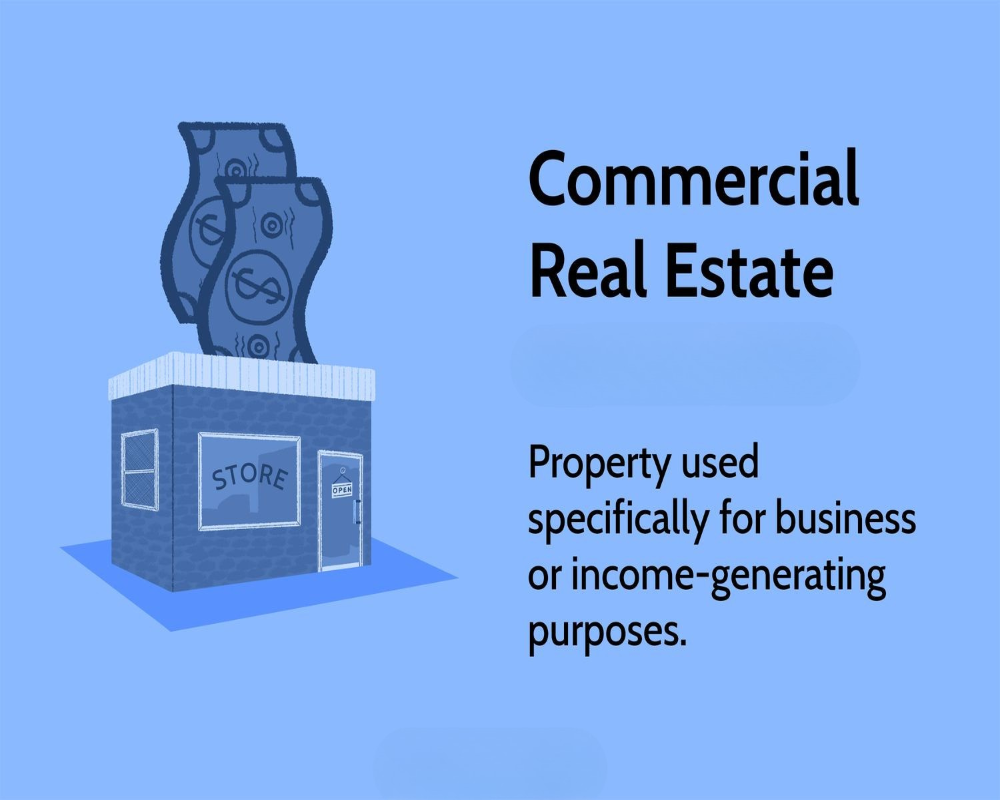Introduction
Ownership structure in commercial real estate defines the legal and financial relationship between the owners and the property. Choosing the right ownership type is crucial because it affects liability, taxation, management control, investment returns, and transferability of the asset. Different ownership types cater to various strategic, financial, and operational goals, and understanding them is fundamental for developers, investors, and business owners engaging in commercial property transactions.
Sole Ownership
Sole ownership, or fee simple ownership, is the simplest form where an individual or a single legal entity holds complete title to the property. The sole owner has full control over decisions related to the use, leasing, financing, and sale of the property. While it offers total autonomy, it also exposes the owner to full personal liability and concentrates risk without the opportunity to share financial burdens.
Partnership Ownership
Commercial properties are often owned through partnerships, where two or more parties share ownership and responsibilities. General partnerships involve all partners sharing management duties and unlimited liability, whereas limited partnerships distinguish between general partners, who manage and bear liability, and limited partners, who contribute capital but have restricted liability and minimal involvement in management. Partnerships allow pooling of resources but require clearly defined agreements to manage potential disputes and profit sharing.
Limited Liability Company (LLC) Ownership
The LLC structure is one of the most popular ownership types in commercial real estate due to its flexibility and liability protection. Owners, known as members, enjoy protection from personal liability for business debts while benefiting from pass-through taxation, where income is taxed at the member level rather than at the corporate level. LLCs also provide operational flexibility, allowing for tailored management and profit distribution arrangements.
Corporation Ownership
Some commercial properties are held by corporations, either as C-corporations or S-corporations. C-corporations face double taxation—paying taxes at the corporate level and again on dividends distributed to shareholders—while S-corporations avoid this through pass-through taxation but have restrictions on ownership structures. Corporate ownership is typically used for larger, institutional real estate investments where centralized management and the ability to raise capital through stock issuance are advantageous.
Real Estate Investment Trust (REIT) Ownership
REITs are specialized companies that own, operate, or finance income-producing real estate. By structuring as a REIT, entities gain favorable tax treatment, as they must distribute at least 90% of taxable income to shareholders annually, allowing for single taxation at the investor level. REITs enable investors to participate in commercial real estate ventures without directly managing properties, offering liquidity, diversification, and income-focused returns.
Tenancy-in-Common (TIC) Ownership
In a tenancy-in-common structure, two or more individuals or entities own undivided shares in the property. Each co-owner holds a separate title interest, which can be sold, mortgaged, or transferred independently. TIC arrangements allow for flexible ownership shares but often require well-drafted agreements to manage operational responsibilities, profit sharing, and dispute resolution mechanisms.
Conclusion
The ownership type chosen in commercial real estate profoundly influences financial performance, liability exposure, operational control, and the investment’s overall strategic alignment. Whether opting for individual ownership, forming partnerships, establishing LLCs or corporations, or investing through REITs, each structure offers distinct advantages and challenges. A thorough understanding of these ownership forms enables real estate participants to tailor their strategies to meet legal, financial, and operational objectives effectively, ensuring both asset protection and optimal project outcomes.
Hashtags
#CommercialRealEstate #OwnershipTypes #RealEstateInvesting #PropertyOwnership #RealEstate101 #InvestmentProperties #CommercialProperty #RealEstateTips #RealEstateEducation #PropertyTypes #RealEstateMarket #CRE #RealEstateInvestors #OwnershipStructures #RealEstateStrategy #CommercialInvesting #RealEstateFinance #PropertyManagement #RealEstateDevelopment #InvestmentStrategies


